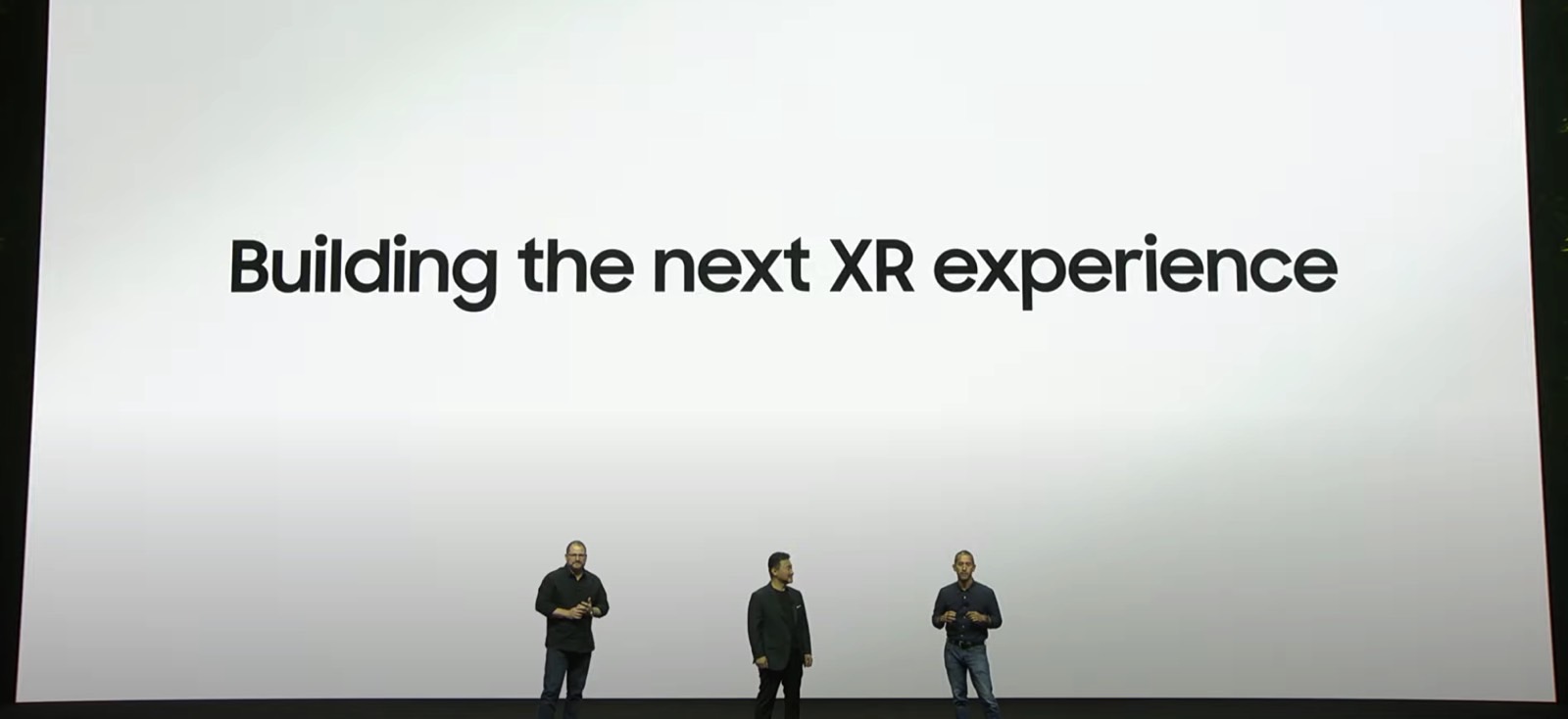Twitter says it’s cutting off free access to its third-party API next week, replacing it with a “paid basic tier” for an unspecified price on February 9th. The news potentially affects a lot of Twitter services, and one of them is bots — not the spammer armies that new owner Elon Musk claims he’s been purging but the myriad automated accounts posting cute animals, fictional character quotes, and accessibility aids through Twitter’s API. While Twitter has left users in the dark about the details of its coming change, many bot creators have resigned themselves to shutting down.
“My read of those tweets from Twitter is that it’s going to stop working,” says V Buckenham of their service Cheap Bots Done Quick. Launched in 2015, Cheap Bots Done Quick is a go-to bot-making tool for people who aren’t used to working with Twitter’s API, currently powering about 54,000 Twitter bot accounts. But next week, unless Twitter backpedals on its announcement, Buckenham expects it will simply break.
Numerous individual Twitter bot accounts have tweeted that they’ll likely go dark if the change goes through. The list includes Alt Text Reader, which tweets easy-to-find text descriptions of images for blind Twitter users. It includes Colorschemer, which offers odd pairings of surreally named colors. You can say goodbye to SauceBot, which looks up the original creators of unattributed art. And you’ll find other creators making similar statements in the quote tweets of the original post.
The change isn’t necessarily a surprise. Even before Musk, Twitter had a fraught relationship with bot creators. API changes in 2018, for instance, broke some automated accounts. But Musk has shown particular hostility toward bots, which he’s described as a vector for spam and scams. While Twitter has reversed some previous decisions, the company has proven willing to alienate dedicated supporters like third-party Twitter app developers, who were cut off from Twitter’s API last month. And Twitter has been aggressively adding paid features since its acquisition, which put the company under a heavy debt burden.
In its announcement, Twitter called its API “among the world’s most powerful data sets,” suggesting that it’s primarily interested in building relationships with companies that want to view and analyze tweets rather than post them. Bots are a tiny market in comparison. “If you’re building a service on someone else’s platform, and it’s doing something where there’s not an obvious way that they’re making money from you doing that, then you’re building on sand,” says Buckenham. “It is going to last a certain amount of time, and then it’s going to die.”
“If you’re building a service on someone else’s platform, and … there’s not an obvious way that they’re making money from you doing that, then you’re building on sand.”
Even so, bots (the good kind) have helped define Twitter. “One of the reasons that Twitter has become so successful is because it’s been a relatively open platform,” says journalist and bot creator James O’Malley, who ran the popular Trump Alert account before the former president left the platform. You can find some similar bots on Instagram or other major social networks, but Twitter has offered an unusually free and easy way to build them — either by using a service like Cheap Bots Done Quick or developing relatively simple coding skills and directly accessing the API.
The result can be seen in useful accounts like Alt Text Reader or the Earthquake Robot, which translates geological datasets into an earthquake alert feed. It’s also fostered the creation of a novel artistic medium: a bite-size episodic format for high-concept experiments, pop culture fixations, and things that simply make people smile. Would you like to see a opossum once an hour? Or be reminded that it’s Thursday (what a concept)? Or read a summary of a fake documentary by Louis Theroux? Until this week, Twitter had you covered.
Musk may believe that bots’ value will convince creators to pony up for API access. O’Malley says he might pay $5 a month for a big account like Trump Alert, and some other creators could feel the same way. But in most cases, he believes it wouldn’t be worth the trouble. And a lot of bots on Twitter are run by volunteers or hobbyists who are just having fun in their free time. “I wouldn’t want to spend huge amounts of my own money in order to keep the service running,” says Buckenham, who takes in around $270 per month on Patreon for Cheap Bots Done Quick. “Maybe there’s a better way to turn it into a paid thing, but then it suddenly becomes a whole different thing.”
We don’t know how much Twitter’s new basic API will cost. But its premium options apparently started at $99 per month last year — and for accounts that reply to lots of users in complex ways, even cheaper prices could inflate rapidly. “SauceBot processes several thousand API requests a day,” the SauceBot account tweeted in its potential shutdown notice. “As much as I love being able to help out our artists and other people just looking for the source of things, I will not be spending thousands of dollars a month just to continue this bot.”
Dedicated coders might still get around Twitter’s API to post automated tweets, and malicious spammers almost certainly will. But for everyone else, Twitter’s decision discourages playing with the service. It also encourages switching to alternatives — Cheap Bots Done Quick, for instance, has a Mastodon equivalent called Cheap Bots Toot Sweet. “It just seems like a tax on innovation,” says O’Malley.
So next week, Twitter users might wake up to a feed that’s suddenly a lot less fun — and Twitter might have decimated one of its platform’s finest arts.
#favorite #Twitter #bot #die #week






